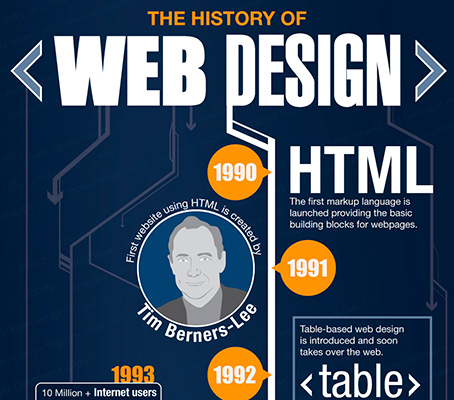Critical Site Design Insights: Recommendations For Constructing An User-Friendly Interface
Critical Site Design Insights: Recommendations For Constructing An User-Friendly Interface
Blog Article
Authored By-Hovmand Gammelgaard
When it comes to website design, ensuring user-friendliness is vital. From responsive layout to streamlined navigating, every component plays an important role in producing a site that caters to your target market's requirements. Yet what about the better information that can make or damage a customer's surfing experience? Stay tuned as we discover some often-overlooked pointers that can raise your internet site's use to the following level, making it absolutely stand out in the digital landscape.
Significance of Responsive Design
Responsive layout is a crucial element of modern website development. Ensuring your web site is receptive methods that it can adjust to various screen sizes and gadgets, providing a seamless experience for customers.
With the boosting use of smart devices and tablets to access the web, having a receptive design is important for getting to a broader audience. It assists in enhancing customer experience by making your site simple to browse and read on any tool.
Furthermore, receptive design can favorably influence your online search engine rankings, as internet search engine like Google prioritize mobile-friendly sites. By having a receptive layout, you're additionally future-proofing your internet site, as new tools with varying screen dimensions continue to emerge.
Simplify Navigation Structure
To improve customer experience and facilitate simple accessibility to details on your site, improving the navigation structure is vital. When creating your website, concentrate on creating a clear and instinctive navigation food selection that assists visitors find what they're searching for quickly.
More Information and facts of food selection items to the basics, organizing related web pages together to stay clear of overwhelming customers. Use detailed labels that clearly indicate the material of each web page, making it less complicated for customers to understand where each web link will take them.
Consider implementing dropdown food selections for subcategories to stop jumbling the major navigating bar. In addition, include a search bar prominently on the web page for customers that choose searching for certain info.
Focus on mobile responsiveness in your navigating style to guarantee easy gain access to on all devices.
Maximize Page Lots Speed
Improving web page load speed is essential for maintaining site visitors on your website. Slow-loading pages irritate individuals and can result in high bounce prices. To optimize web page lots speed, beginning by maximizing pictures. Compress photos without compromising quality to minimize their file sizes.
Furthermore, allow internet browser caching to keep frequently accessed resources locally, speeding up load times for returning visitors. Minify CSS, JavaScript, and HTML files by eliminating unneeded personalities, comments, and format, improving load speed.
Think about using a web content delivery network (CDN) to disperse your site's content across numerous web servers worldwide, reducing latency for users accessing your website from different locations. visit the next website page but not least, limit the use of third-party scripts and plugins, as they can substantially affect tons times.
Final thought
Finally, by integrating responsive layout, streamlining navigating, and enhancing page lots speed, you can create a straightforward website that attract a wider target market and boosts individual experience. These essential elements make certain that site visitors can easily access and navigate your website throughout different devices, resulting in boosted engagement and complete satisfaction. By focusing on these essential elements, you can develop a successful web site that maintains users returning for more.
